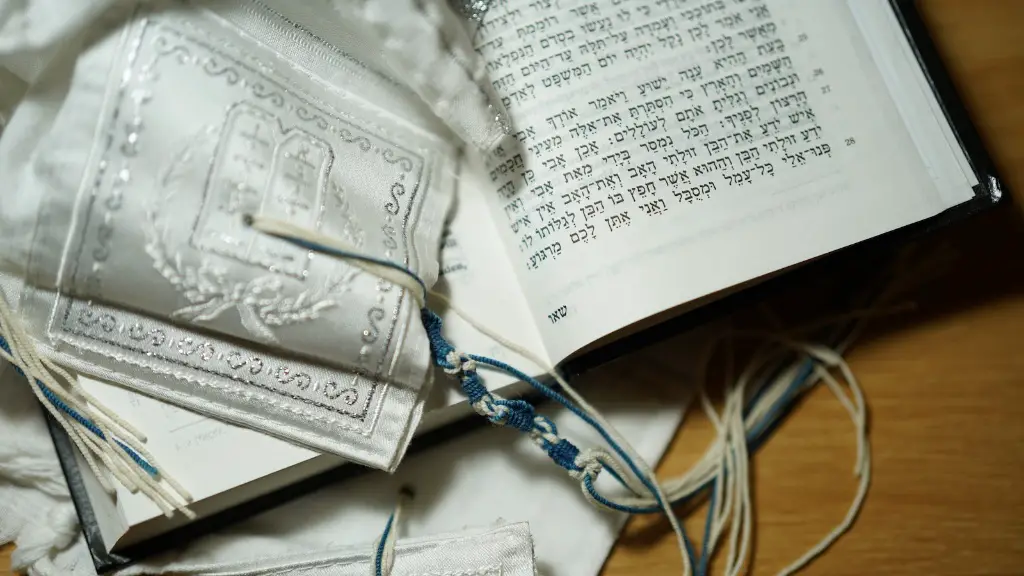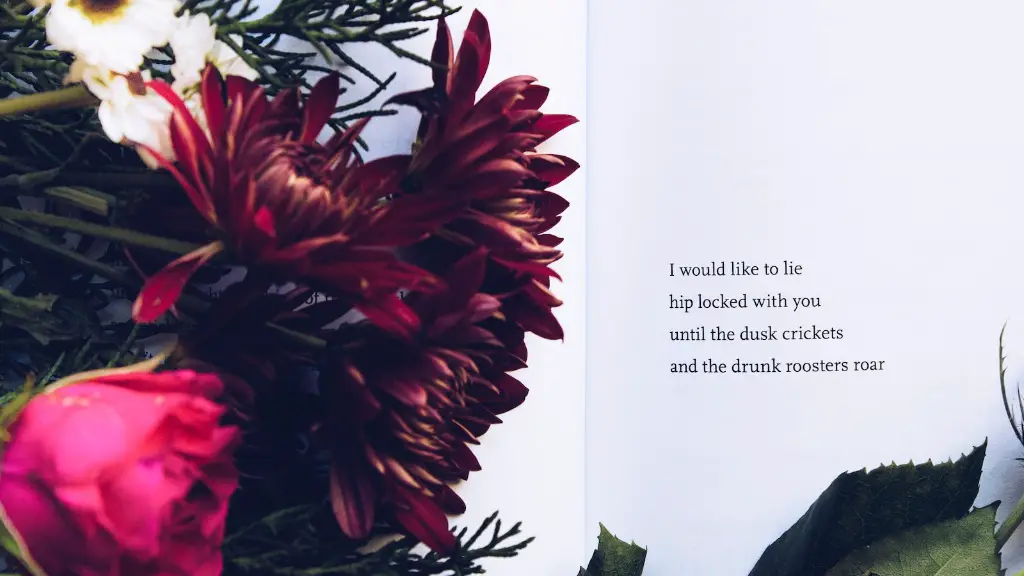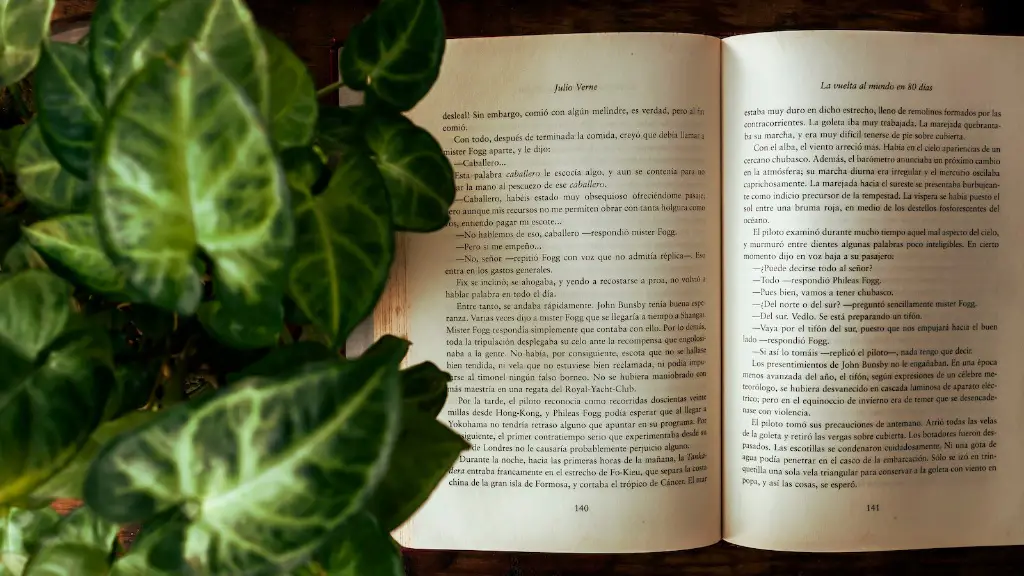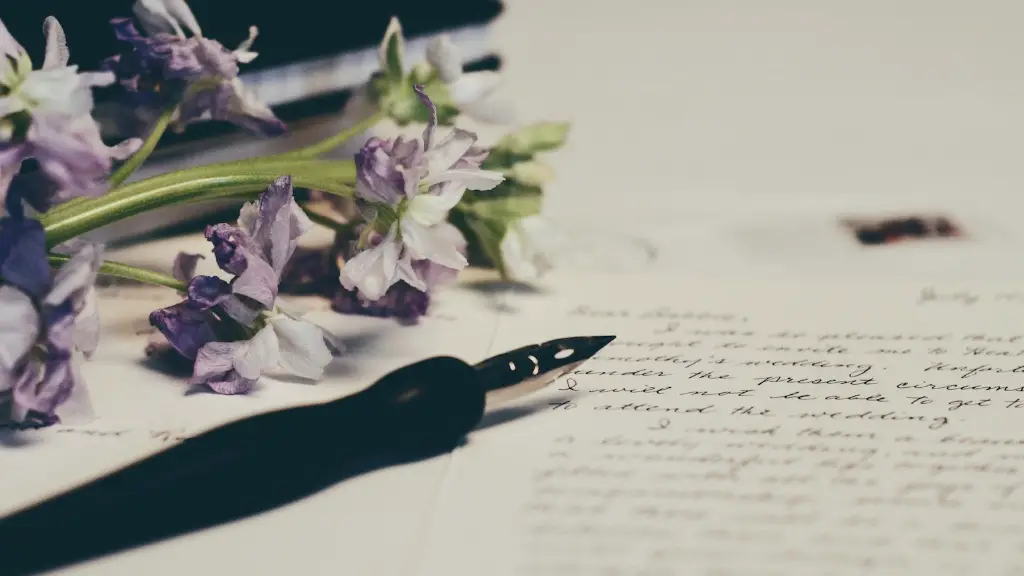Romantic Poetry
Romantic poetry began in the early 1800s and quickly swept the literary world. An essential feature of the genre was an ongoing reflection of the beauty of nature and society. It extends itself to emotions and ideas, incorporating personal interests and individual interpretation into works. Romanticism exists as both a response and reaction to enlightenment values, creating room for freedom and emotional expression. This literary period has had a lasting impact on the literary world, largely due to its focus on emotional engagement and likeability for readers.
Increased sensitivity and a fascination with emotions, feelings and questions of existence characterised Romantic poetry. Along with a focus on the exotic, old tales, the heroism of the military, and previously disregarded past cultures, writers expressed their thoughts, ideas, and feelings through vivid images and stories. In Romantic poetry, words were utilised not only to allude to situations but to provide readers with entirely new realms they had never explored before.
A common trend in Romantic poetry involves questionings of life, beliefs and the complexities of existence, which had not been explored to the same extent in earlier works. This is evident in Wordsworth’s work ‘Ode to Intimations of Immortality from the Recollections of Early Childhood’ and his other lyrical works. Through this poem, Wordsworth’s examines the idea of children’s understanding of the sublime with their current natural relationship with nature, considering power and interactions between humans versus nature.
Romantic poets sought to enhance an emotional response from their readers by emphasising imagery, nature and individuality, as well as using emotional language. An increased focus on the individual, in particular, was achieved when some poets wrote about personal terms, such as experiences and beliefs in relation to spirit and the substance of life. To further the communication between writers and readers, the poetry was presented in clear and simple styles. By stressing and focusing on the emotion and beauty of a something people already know or can relate to, like their own feelings, the poets could create lasting memories of a particular event or action. Through this added level of readership, poets were able to trigger both thoughtful and emotional reactions.
In terms of grammar, Romantic poetry had a strong focus on style and beauty. To that end, symmetrical and rhythmic patterns, as well as a variety of figures of speech, were characteristic features of this poetic period. The use of personification and imagery, for instance, gave the poets an opportunity to communicate thoughts and feelings outside of literal understanding. Additionally, ornate and flowery language became popular amongst romantic poets from the start of the period and stayed that way throughout its end.
Despite the classical forms being used before the time, the majority of the Romantic poems opted for a more personal and original approach to their styles, with a clear change from the traditional structure. Whether through articulating the natural order of things, exploring the inner landscape of one’s soul or conveying their philosophical views, the Romantic poets created an entirely new playground of literature. Today, these remarkable poems remain some of the most popular works throughout the English speaking world and beyond.
Romantic Imagery
In Romantic poetry, imagery was a powerful tool of expression, transporting readers to unfamiliar worlds and bringing new insights to light. Through vivid and sometimes surreal descriptions, poets utilised images to depict both abstract and concrete objects. Such language also created an emotional foundation throughout the piece, as many writers used imagery to elevate feelings of joy, happiness and freedom.
Often, this style of writing was highly romantic in its idea of beauty, involving aspects of nature such as poetry’s description of landscapes, meadows and the sea. An example of this is seen in Coleridge’s poem ‘The Rime of the Ancient Mariner’, which represents a Romantic vision of the beauty of nature. In his work Coleridge included long, imaginative descriptions of sea, climate and stars, further emphasizing his depiction of the beauty of nature.
Moreover, Romantic poetry was far beyond just creative descriptions of nature, as poets concluded deeper moral instructions from their works as well. An example of this is William Wordsworth’s ‘Ode on the Intimations of Immortality’, which offers a moral lesson on the importance of protecting childhood innocence due to it being closer to God. This effect on readers’ emotions and perspective of the subject matter is what made this era of poetry so influential, leading to the development of countless other genres.
Harbingers of Change
The rise of Romanticism in the early 19th century brought several changes to the literary world. Prior to the period, traditional poetry mainly focused on adhering to the rules and guidelines of established classes and literature. This often involved limited expression as far as personal freedom and emotion was concerned, as well as straight forward presentation of material that lacked any type of imaginative language.
Romanticism, however, opened the door to individual thoughts and feelings, creating personalised works that could be interpreted in a variety of ways. Of all the elements of the era, it was this individual expression that resonated with most readers, creating room for self-realisation and understanding to enter the literary world, as well as appreciation for past cultures.
Also noteworthy is the introduction of lyrical poetry during this period. Through these works, poets were able to create renewed emotion through lines and verses, which had a far more lasting effect than traditional writing. This quickly become highly popular amongst readers, leading to the continued influence of poetic writing to this day.
In addition, the writing style of the Romantic poets differed dramatically from that before it. Instead of focusing on logic and facts, the writers of this period sought to enhance reader’s understanding and emotion through the use of metaphor and vivid descriptions. This allowed works to capture individual imagination, and communicate deeper meanings to readers that were not familiar with the author’s philosophies.
Synthesis of Ideas
The Romantic poets’ ability to combine individualised emotion and philosophy with literature is, perhaps, what makes romanticism so alluring to readers. This synthesis of ideas creates an emotional platform for readers to explore their own feelings and thoughts in correlation with the works that they read, allowing them a further connection to the works that they are engaged in.
One example of this is seen in Percy Bysshe Shelley’s ‘Ode to the West Wind’, in which the poet utilises the powerful wind to reflect his own inner passions and fears. In his poem, Shelley wishes for his words to have the same power as the wind, as he calls for renewal and change upon society. This portrayal of his inner turmoil coupled with vivid descriptions of the natural progression of the wind, has created a timeless piece of literature that continually speaks to readers today.
Romantic Poems often experiment and be inventive of language, imagery, and sound. Poets frequently used metre and verse forms to suggest certain ideas and images of nature, while the sound of the poem itself contributed to its effect. Furthermore, Romantic poets explored the limits of their language and their expression, though their experimentation often became liberating and spoke to freedom, rebellion, independence and equality.
Breaking Free of Rules
Much of the Romantic period combined self-expression and innovation. Writers were no longer bound by the need to adhere to standards of literature, but rather poetries were often self-determined and free. For example, William Blake’s ‘Songs of Innocence and Experience’ features a photo-style approach heavily contrasting with the traditional structure and form of poetry.
The development of the traditional form of the sonnet, too, was a noteworthy contribution to the Romantic period. Notable examples from this era include Wordsworth’s ‘On the Power of Sound’, Coleridge’s ‘The Eolian Harp’ and even William Cowper’s ‘The Castaway’. These works all specifically used the form as a vehicle for their individualised message, reimagining it to fit their vision of poetry.
The broken forms saw Romantic poets diverge from the standard poetry of their predecessors. Although the traditional poetry had rules and conventions, they were still not as restrictive as they had been before the Romantic period. Many wrote of personal experiences, experimenting with form and structure, often disregarding conventional writing style.
Basically, Romantic poetry provided room for the individual, rewarding creativity and allowing the imagination to thrive. The idea of using poetry to explore the beauty of nature, celebrate the self and rise above societal conventions was eagerly taken up by readers, creating a lasting effect far beyond the era in which it was crafted.
Contribution to Literature
The impact Romanticism had on the world of literature can never be understated. Not only did it enable writers to embark on creative and individualised outlets through their works, their expression also reverberates throughout the literary community today.
For writers, the effects were two-fold. Not exclusively focused on literature, the period opened room for discussion and discourse concerning the inner-workings of society and the human mind. In this new platform for literature, writers were able to explore thoughts and emotions in an artistic way, incorporating feeling and creativity into their craft.
Romantic poets also celebrated poetry as an art form. Their poems were unique, as they conveyed meaning and passion in a way that had not been done before. By introducing lyrical and broken forms, Romantic poets pushed literature to new levels, inspiring countless generations afterwards to pursue a freer, more individualistic style of writing.
Impact on Emotions
The immeasurable influence of this period of poetry inherently intertwined emotion with literature. During the years of Romanticism, writers used imagery and expression to create works that could leave a lasting effect on the audiences’ moods. Apart from the joys and sorrows that poetry could evoke, readers were challenged when presented with the idea of a moral lesson at the end of a work.
The emotions that Romantic Poetry inspired in its audiences were made possible by combining the individual expression and freedom of the writer with the creative freedom of the literary form. This all-new approach to poetry enabled works to tie together abstract ideas and reflections with vivid imagery, painting scenes of nature and passion.
Finally, Romantic Poetry is perhaps best known for its inspiring and touching applications. Through this, poets were able to capture both the complexity and beauty of life, to muse on the wholeness of existence and discuss moral questions in an imaginative, eloquent manner.





